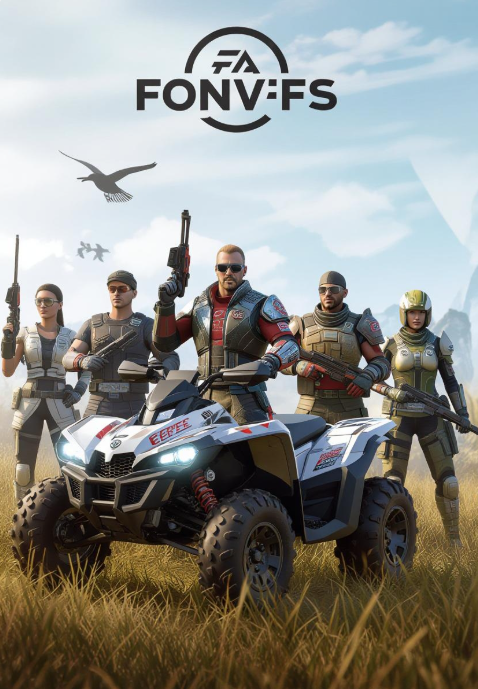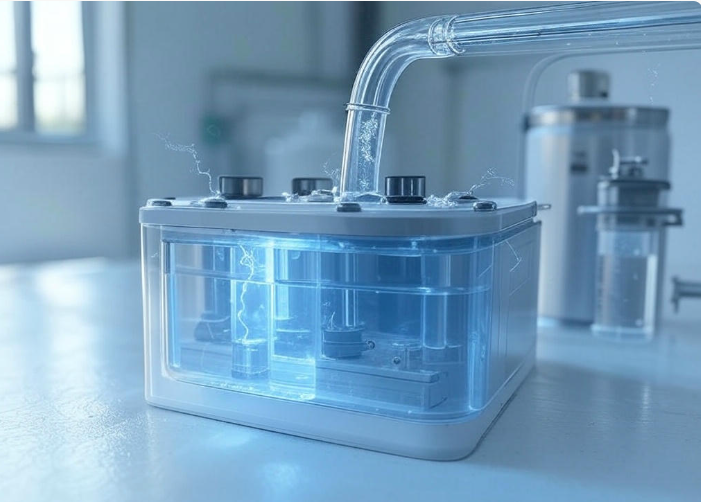Picture this: you’re flying a drone, but instead of watching a tiny screen and missing half the action around you, you’re literally seeing the world from every possible angle at the same time. Sounds like science fiction? Well, it’s not anymore. The folks at Antigravity just dropped something that’s making every drone pilot I know seriously rethink their gear.
What Makes This Drone So Special?
The Antigravity A1 is officially the world’s first drone with 8K 360-degree capture, and honestly, that alone would be enough to get people talking. But this thing goes way beyond just slapping a 360 camera on a flying machine. The camera lenses are precisely positioned at the top and bottom of the drone, and an advanced 360 image-stitching algorithm powered by Insta360 makes the drone fully invisible in your footage. Yeah, you read that right – the drone literally disappears from its own video.
I’ve been flying drones for years, and I’ve always had that nagging feeling of missing something while focused on getting the perfect shot. You’re so busy piloting and framing that perfect angle, you end up missing the incredible scenery happening just outside your camera’s view. The A1 fixes this problem in the most elegant way possible – it captures everything, then lets you decide what you want to focus on later.
The Technical Stuff That Actually Matters
Let’s talk numbers for a second, but I promise to keep it simple. This drone weighs in at just 249 grams, which is huge for a couple of reasons. First, you won’t need to register it in most places (always check your local laws, though). Second, it’s light enough that you can actually take it places without feeling like you’re packing for a military expedition.
The 8K resolution isn’t just a marketing gimmick either. When you’re shooting 360-degree content, you need all the pixels you can get because you’re essentially capturing multiple traditional camera views at once. When you later decide to “look” in a specific direction within that footage, you want it to be crisp and detailed, not a pixelated mess.
The drone uses FlowState stabilization technology, which is Insta360’s fancy way of saying your footage will be smooth even when the drone is bouncing around in windy conditions. Trust me, there’s nothing worse than spending an hour getting the perfect flight path only to find out your footage looks like it was shot during an earthquake.
Flying Experience That’s Actually Fun
Here’s where things get really interesting. The A1 comes with immersive FPV goggles that let you experience a truly immersive 360 aerial view. But unlike traditional FPV setups that can be overwhelming for beginners, this system is designed to be intuitive.
The gesture controls are a game-changer too. Instead of fumbling with complex controller inputs, you can use simple hand movements to control the drone. It sounds gimmicky until you try it, but there’s something magical about pointing in a direction and having the drone follow your gesture. It makes the whole experience feel less like operating a remote-control toy and more like having a personal flying companion.
What This Means for Content Creators
I’ve talked to a bunch of YouTubers and Instagram creators about this drone, and the reaction is pretty much universal excitement. Think about it – with traditional drones, you have to plan your shots, execute them perfectly, and hope you didn’t miss anything important happening outside the frame. With the A1, you can fly more naturally and make those creative decisions in post-production.
You shoot once, then explore endlessly. Want to focus on the sunset? It’s there. Want to highlight the mountain range you completely missed while flying? It’s captured. Want to create that impossible-looking shot where the camera seems to orbit around you? Easy.
This is especially powerful for travel content. Instead of spending your entire vacation trying to get the perfect drone shot (and probably annoying everyone around you with multiple takes), you can capture everything once and craft multiple different stories from the same flight.
The Competition Just Got Nervous
Let’s be honest – DJI has owned the consumer drone market for years. They make solid, reliable drones that consistently deliver great footage. But Antigravity is specifically targeting creators over experts, and that’s a smart move.
Most of us don’t need a drone that can fly 50 miles away or hover in hurricane-force winds. We need something that’s easy to use, produces amazing content, and doesn’t require a pilot’s license to understand. The A1 feels like it was designed by people who actually create content, not just engineers who understand aerodynamics.
The pricing strategy is interesting too. While we don’t have official numbers yet, the positioning suggests they’re going after the sweet spot where serious creators live – not cheap enough to be a toy, but not so expensive that you need to justify it as a business investment.
Real-World Applications Beyond Pretty Pictures
Sure, the 360-degree footage looks cool, but there are some practical applications that go beyond just creating viral content. Search and rescue operations, real estate photography, construction site documentation, and even scientific research can benefit from having complete situational awareness rather than a single viewing angle.
For real estate, imagine being able to capture an entire property in one flight, then creating multiple different video tours from that single capture session. For construction, you could document progress from every angle without having to plan multiple flight paths around obstacles.
The Learning Curve Question
One thing that worries some people about 360 cameras is the learning curve. Editing 360 content used to be a nightmare, requiring specialized software and a computer science degree to figure out. But Insta360 has been working on this problem for years, and their software ecosystem is surprisingly user-friendly.
The A1 benefits from all that development work. You’re not just buying a drone; you’re buying into an entire content creation ecosystem that’s been refined through years of user feedback and technological advancement.
What’s Still Unknown
As exciting as this all sounds, there are still some questions I’m hoping to get answered. Battery life is always the big one with drones, especially when you’re powering high-resolution cameras and processing equipment. The 249-gram weight limit means there’s only so much battery they can pack in there.
Weather resistance is another question mark. The promotional material doesn’t mention IP ratings or weather capabilities, which makes me wonder how this thing handles real-world conditions. Most 360 cameras don’t love water or extreme temperatures, and adding flight capabilities to the mix could complicate things.
Range and signal strength are also unknowns. FPV flying requires a reliable connection between the drone and the goggles, and 360 video streaming demands significant bandwidth. How well this works in areas with signal interference or at longer distances remains to be seen.
The Bigger Picture
What really excites me about the A1 isn’t just what it does, but what it represents. This is truly a groundbreaking approach to drone design that prioritizes immersive flying experience over traditional metrics like flight time or maximum speed.
It suggests we’re moving into an era where drones become less about technical specifications and more about the creative experience they enable. Instead of comparing megapixels and flight speeds, we might start comparing how naturally and intuitively we can capture and create content.
Who Should (and Shouldn’t) Buy This
The A1 seems perfect for content creators who want to push creative boundaries without getting bogged down in technical complexity. Travel vloggers, real estate photographers, and social media creators will probably find this irresistible.
Traditional drone racing enthusiasts or people who need long-range capabilities might want to look elsewhere. This isn’t designed to be the fastest or most technically advanced drone; it’s designed to be the most creatively enabling one.
Looking Forward
Antigravity is a drone brand incubated by Insta360, which means they have serious backing and technical expertise behind them. This isn’t some crowdfunded startup hoping to ship something eventually – it’s an established company leveraging years of 360 camera development to create something genuinely new.
The timing feels right too. 360 content is becoming more mainstream, VR headsets are getting better and more affordable, and people are increasingly comfortable with immersive media experiences. The A1 arrives at a moment when the technology, the market, and consumer expectations are all aligned.
Insights
The Antigravity A1 represents one of those rare moments when a product doesn’t just improve on existing technology – it completely reimagines what’s possible. This could genuinely change aerial photography forever by shifting the focus from perfect execution to unlimited creative exploration.
Will it work as well in practice as it sounds in theory? We’ll have to wait and see. But just the fact that someone is thinking this differently about drone design gives me hope for some really exciting developments in the coming years.
The future of drone footage might not be about getting the perfect shot on the first try. It might be about capturing everything and then discovering the perfect shot that you never even knew was there. And honestly? That sounds a lot more fun than what we’ve been doing so far.



